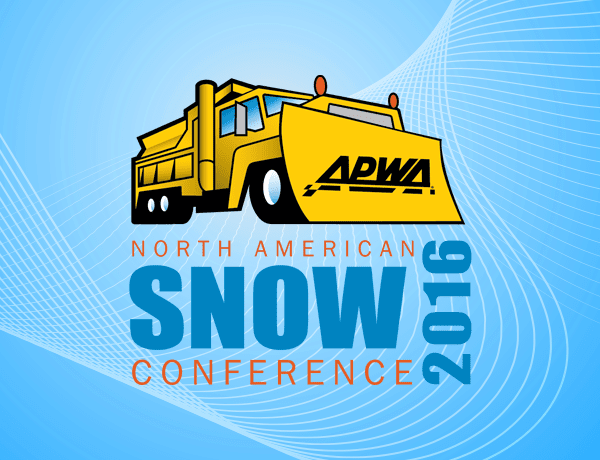Video
Like many coastal communities, Fort Lauderdale is actively developing policies and identifying projects to address climate change, sea level rise, and impacts from extreme weather events. The City’s vision plan, ""FastForward Fort Lauderdale, Our City Vision 2035"", provides a roadmap for future sustainability and community resilience needs.
Read MoreIn 2007, six associations (including APWA), in collaboration with EPA, signed an historic agreement pledging to support effective utility management. In 2008, they released a report that identifies “Ten Attributes of Effectively Managed Water Sector Utilities.” In 2015, these organizations reconvened to review and update these attributes in light of the challenges facing today’s water sector. Find out how to use this tool to improve operations.
Read MoreNon-motorized travel is playing an increasing role in the development of livable, healthy, and sustainable communities. Additionally, urban roadway right-of-way must typically accommodate a wide range of roadside elements including traffic control devices, underground and above ground facilities, transit shelters, landscaping and street furniture. Let’s discuss roadway design that successfully meets these functional responsibilities.
Read MoreWhat's a Lightning Round (LR)? LR’s consist of three presentations on a similar theme or group of topics. We hope that you will enjoy these fast-paced and concise presentations followed by the opportunity to ask questions, share, and network.
Read MoreConsidering the cost of maintaining critical pavement assets coupled with inadequate funding, efficient pavement management practices are more more important than ever. Implementing a pavement management system can: 1) assist your organization in reducing the penalty cost of deferred maintenance; 2) guide the development and provide justification for budget proposals; and 3) provide visibility to current pavement conditions and future trends. Ask questions, share experiences, and hear from people actively engaged in implementing pavement management systems.
Read MoreWomen represent just 4 percent of the workforce in natural resources, construction, and maintenance. By increasing outreach to attract more women into public works careers, a community can increase diversity in the qualified applicant pool. We’ll discuss the challenges women face in careers in the infrastructure trades and suggest ways for employers to be intentional about developing a diverse workplace culture.
Read MoreRecord rainfall, a sudden and heavy freeze in the early winter, and unusually warm temperatures in the spring created the perfect conditions for two rounds of epic flooding of the Sagavanirktok River in Arctic Alaska. Throughout the two-and-a-half month response effort, the Unified Incident Command was able respond to the disaster and successfully reopen the Dalton Highway.
Read MoreThis session will demonstrate ways the Alaska Department of Transportation; Public Facilities has recently dealt with numerous winter warm weather events in the face of drastically reduced operating budgets through improved forecasting technology, chemical use and changes to equipment.
Read MoreThis session will help you evaluate how to select snow and ice storage facilities and liquid deicing equipment. It will also examine the many environmental issues surrounding salt, brine and chloride storage.
Read MoreThe 2016 Canadian Infrastructure Report Card (CIRC) was released on January 18, 2016. The report card was developed to present the state of municipal infrastructure and the state of asset management in Canada.
Read More